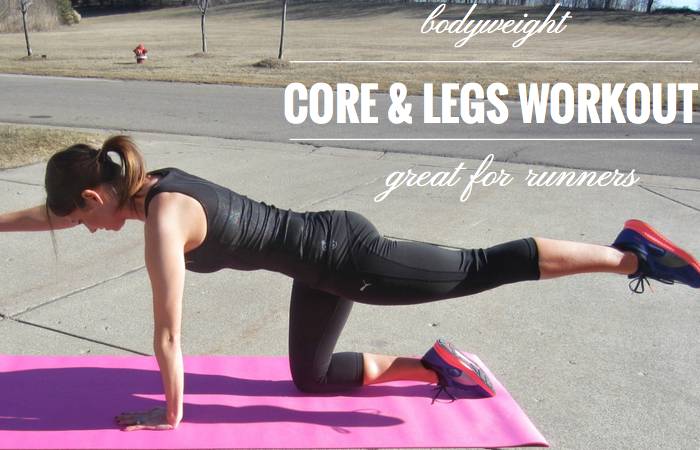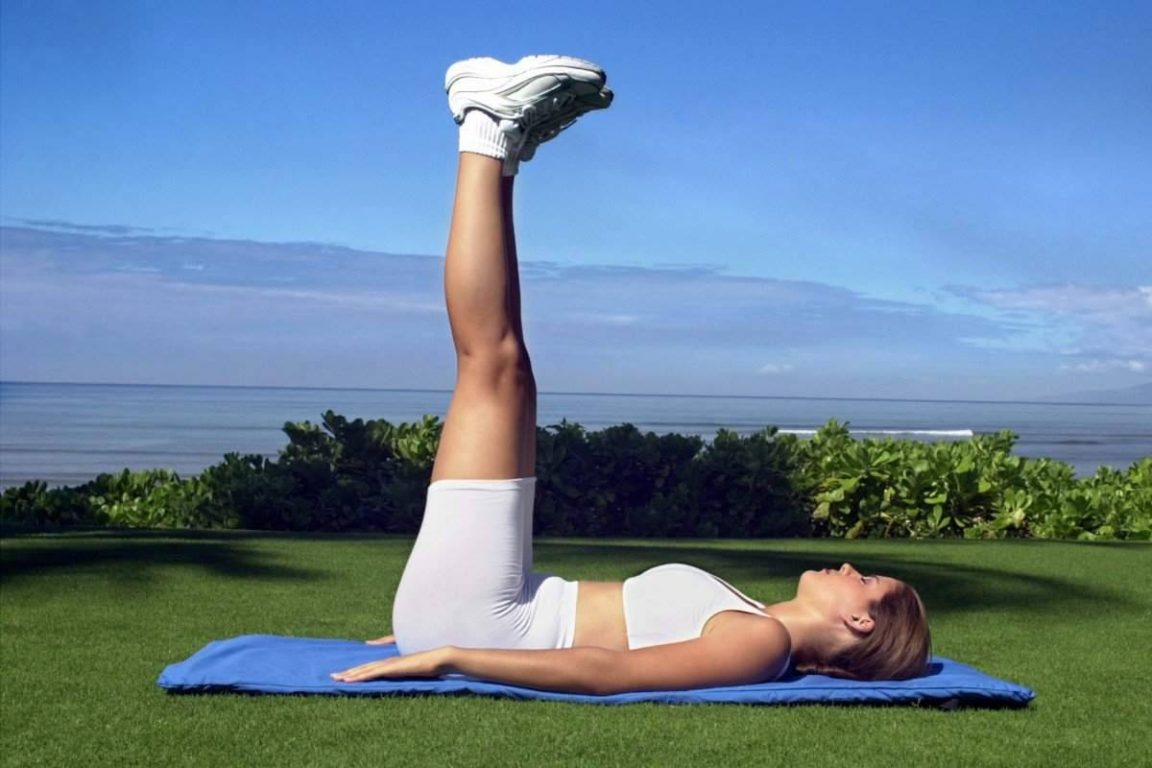Core Workout for Runners – Here’s our pick of the best workouts for runners – core muscles remain some of the furthermost significant muscles in the body but are frequently the most ignored regarding running training plans. It is especially true for those who spend so much period running.
If you are thinking about your marathon or running training, you want to dedicate time to working your core through your training program. Deserting your core muscles will hurt your performance and development throughout your workout.
Core Workout for Runners – Why is a Strong Core Chief in Running?
Your core grips everything together and steadies the body during exercise. A strong core helps prevent your body from swaying too heavily and prevents running instability. By keeping you steady, your body can more efficiently hold its posture and maintain a good running form over extended periods, which delivers more efficient use of energy during your runs.
But, when your core is strong, everything can work together extra efficiently and in proper form to possess you in the game longer. It also improves balance, making you more stable over rough terrain and when trail running, meaning you have a lower injury risk.
Core Workout for Runners – What Muscles Make Up Your Core?
Your core muscles are the muscle sets that make up your trunk besides central body mass, counting your obliques and abdominals. They are also composed of muscle groups in your lower back beside your upper legs, such as your spinal erectors and glutes. It means that doing sit-ups or crunches isn’t enough to work your core to its supreme. Proper core exercises should include workouts that work your lower back, glutes, and abdominal muscles.
What Core Exercises are the Best?

There are numerous core training thoughts that it would be relaxed to become overwhelmed by what is considered the best. There are many views about the best exercises available, but we will focus on three that you SHOULD be doing and another three that you CAN be doing.
You should concentrate on three main exercises besides a supplementary activity: an isometric hold and a dynamic movement. These workouts will work the full range of core muscles and can be different to work other muscles or to provide an extra task once they become too easy.
1. The plank
The plank is one of the coolest exercises but is easily the least enjoyable over a long period. A plank is complete for time, not reps, so set a timer at the beginning and see how long you can hold it. Start at 30 seconds and do that three times and after a while, increase the number of times you execute the exercise.
How to achieve the plank:
- Prefer a spot on the floor that is even and can lie on restfully and lay down flat on your front.
- Lift yourself off the floor onto your elbows (or hands) and then toes, keeping them as your only contact points.
- Hold your body firm, straight from your ankles with your trunk, and then to your shoulders.
- Don’t allow your body to dip when executing the plank.
- Executing the plank on your hands (as per step 2) slightly more than your elbows increases the difficulty of the exercise, as you must also emphasize keeping your arms straight and your elbows locked at all times.
- To make the plank tougher, you can turn it into a dynamic moving workout. By moving yourself up and down with your elbows to your hands throughout your plank time.
Remember to keep your body inaccessible and straight when moving up and down.
2. The Lying Leg Raise
Leg raises remain a great way to build a tougher core whilst adding your hips into the equation. Make them for sets of reps, or see how numerous you can do over some time. To aid out your lower back, keep your hands under your glutes as you lie down or. If you’re happy, place your hands on your side to steady yourself.
How to do the lying leg raise:
- As with the plank, lay on the ground, then on your back, placing your hands beneath your glutes or out to the edges to steady yourself.
- Keeping your legs straight, raise them high off the ground and up to a 90-degree angle overhead your body.
- Lower your legs back to their initial position but keep them 2-3 inches off the floor. Lowering them back to this position is one rep.
- Repeat this as often as required for your set or until your time runs out.
3. 1 Legged Deadlift
The one-legged deadlift can be performed with a relaxed weight or without. It is excellent for helping build your glutes, lower back, and balance. To make it harder, increase the weight or your repetitions, but always perform the same reps on both legs.
How to Perform The 1 Legged Deadlift:
- Use a spot where you can lean frontward and have your legs overextended behind you as you perform the exercise. Begin on either your right or left leg.
- Hinging at the hips, slant your body forward, keeping your back straight.
- Reach your hands to the ground in front of you as you hinge near the ground. At the bottom of your workout, your body and rear leg must be straight. You can also start with your hands above your head and then keep them in line with your torso over the motion.
- Return your body to its novel position keeping your torso straight through.
- Make sure to execute the same amount of reps on both of your legs.
Core Workout for Runners – Conclusion
Core Workout for Runners – Core work must be a major part of any runner’s training program. Strengthening your core makes your running more efficient and improves your balance. It will help prevent injuries by increasing stabilization and maintaining proper form when running for expanded periods.

